My grandmother’s ngoh hiang recipe
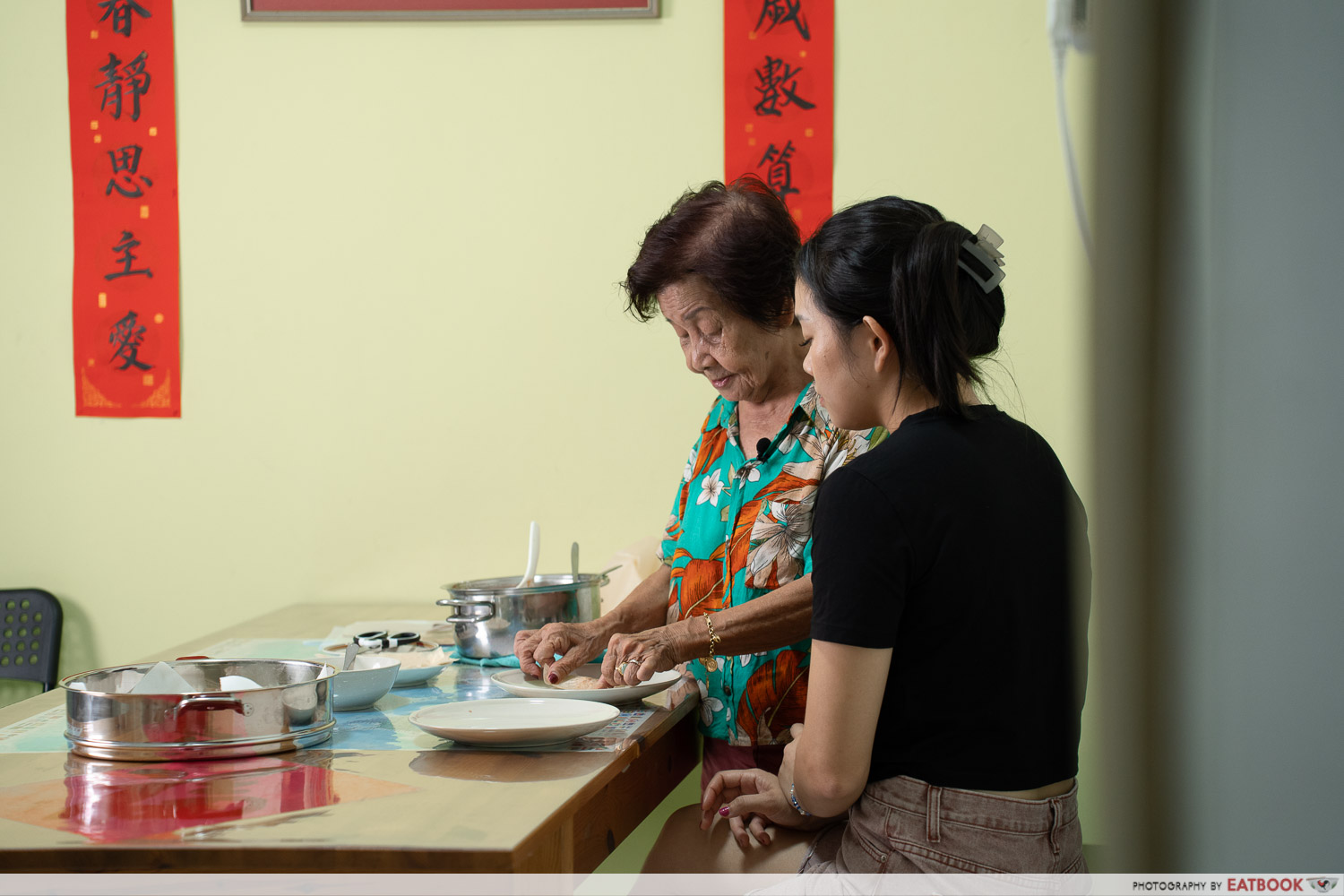
I know of many people who grew up eating their grandmother’s ngoh hiang, so I won’t pretend that part of my childhood was especially unique. But to me, my Ah Ma is one of a kind, and that makes her ngoh hiang very special.
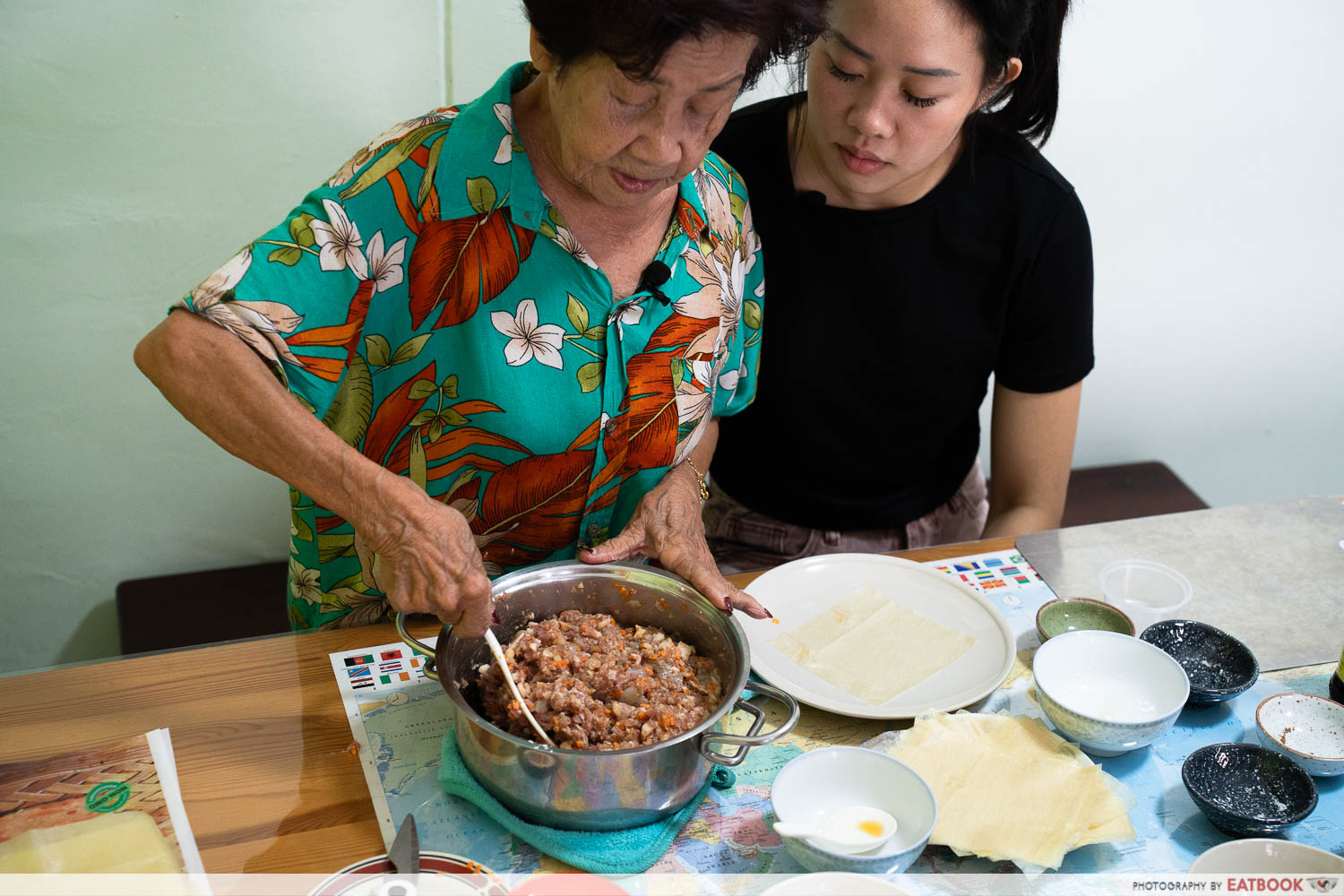
Growing up, I knew Chinese New Year was on the way when Ah Ma brought out those long sheets of beancurd skin. Thus began the arduous process of wrapping roll after roll of ngoh hiang, which were then steamed, frozen, packaged, and finally distributed to her eight children and their families.
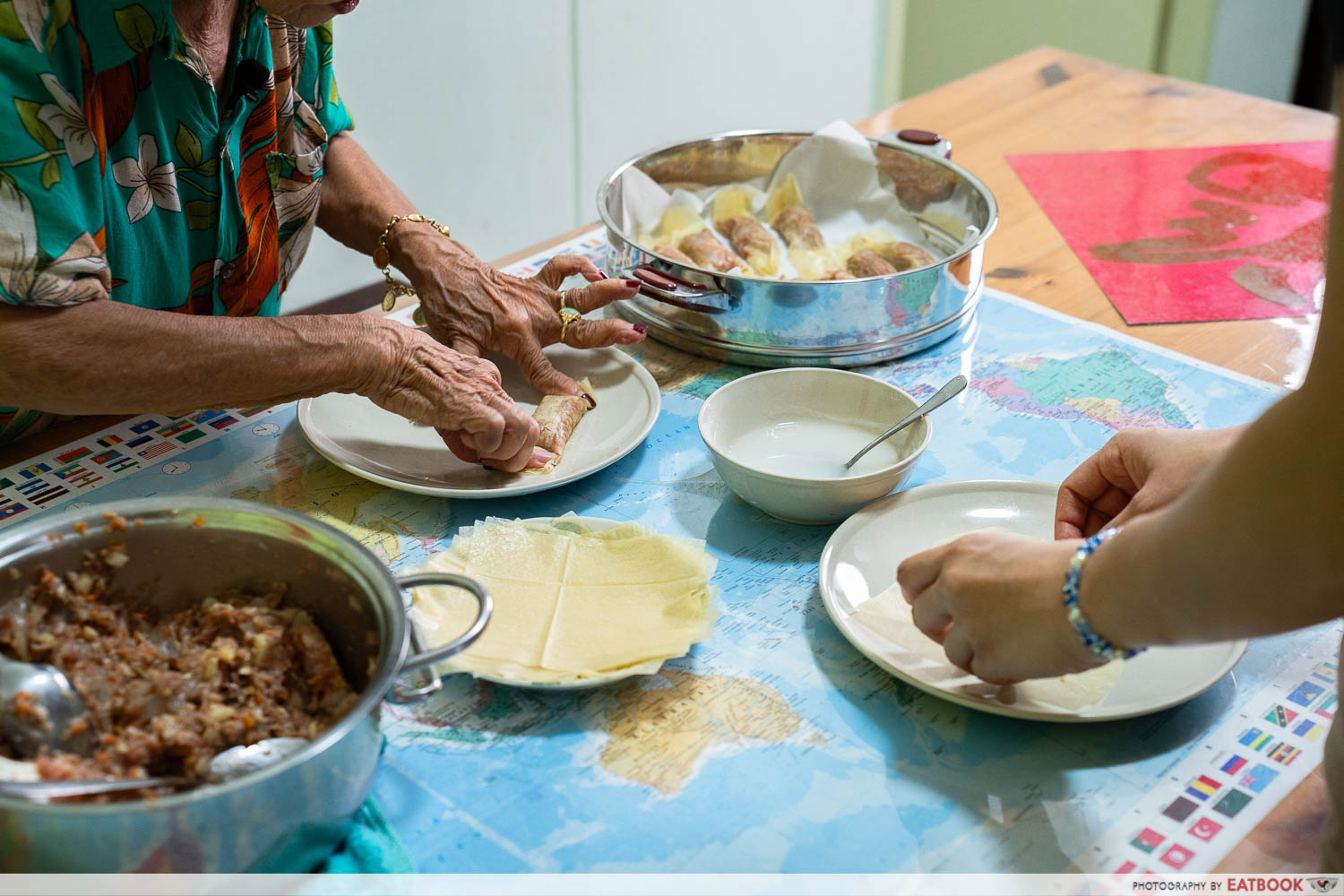
I always watched her go at it alone or with my mother and her sisters, but I never got to join in—there was a fear that young me would’ve messed up their process.
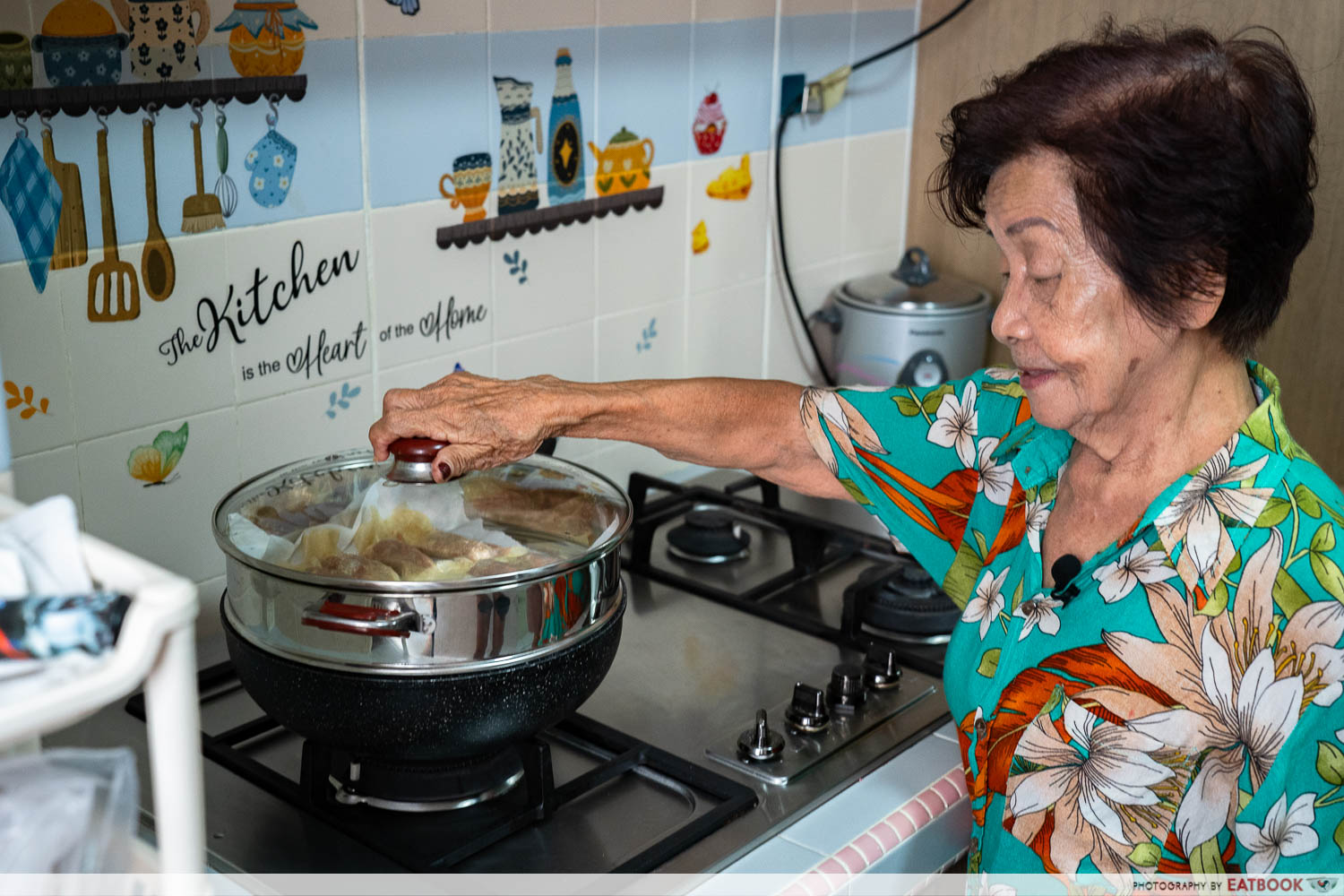
What I did partake in, though, was the eating. Out of all the dishes that graced our New Year celebrations, ngoh hiang was my favourite. It’s well-documented that children are fond of fried food, so ngoh hiang being deep-fried meant it was an easy sell. But even for my developing taste buds, the nuances of Ah Ma’s dish were apparent.
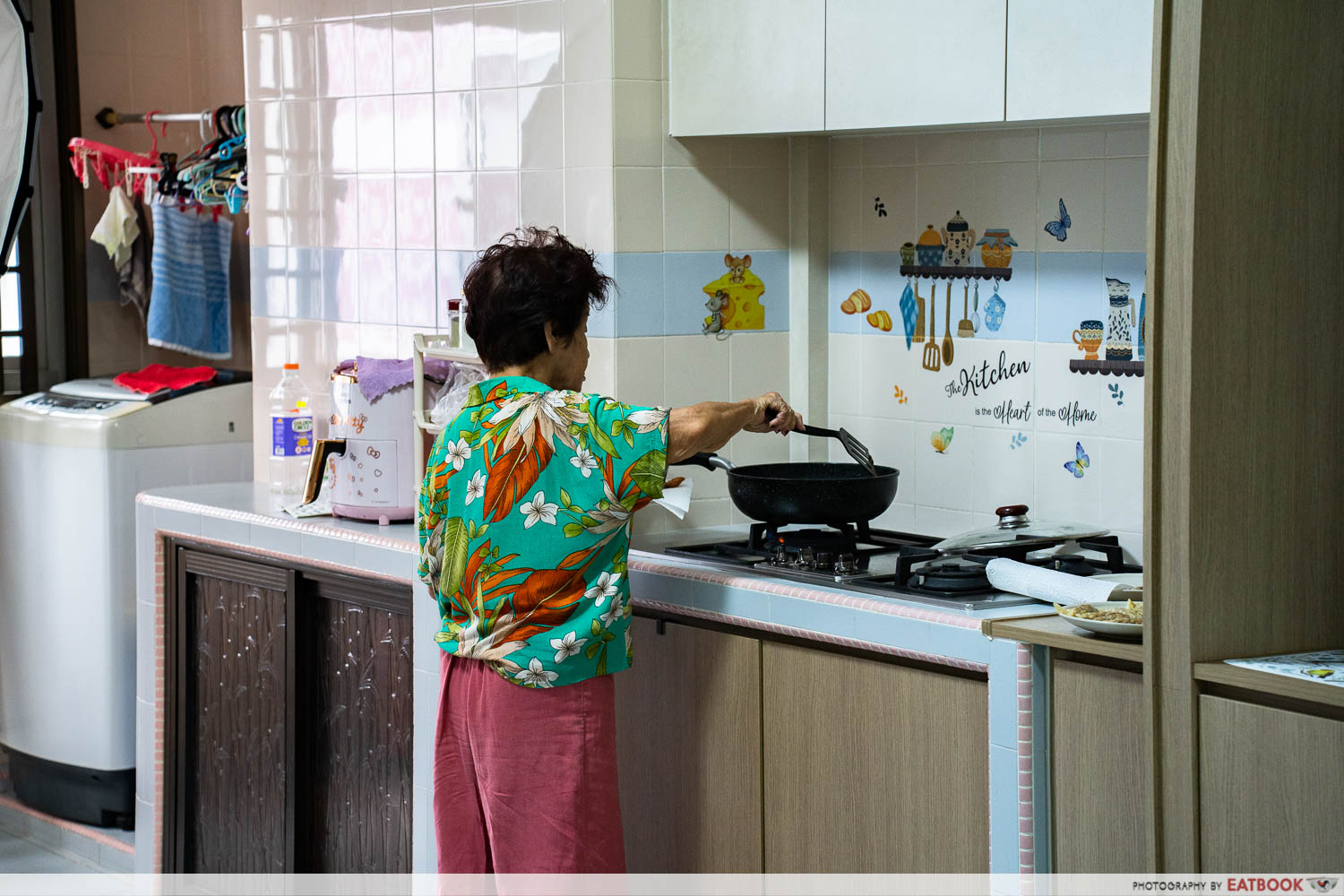
I particularly loved the water chestnuts, which were crunchy and sweet and perfect with the meaty filling. Meanwhile, the fresh prawns—often sourced from Teck Ghee Market—added bouncy texture and a seafood flavour.
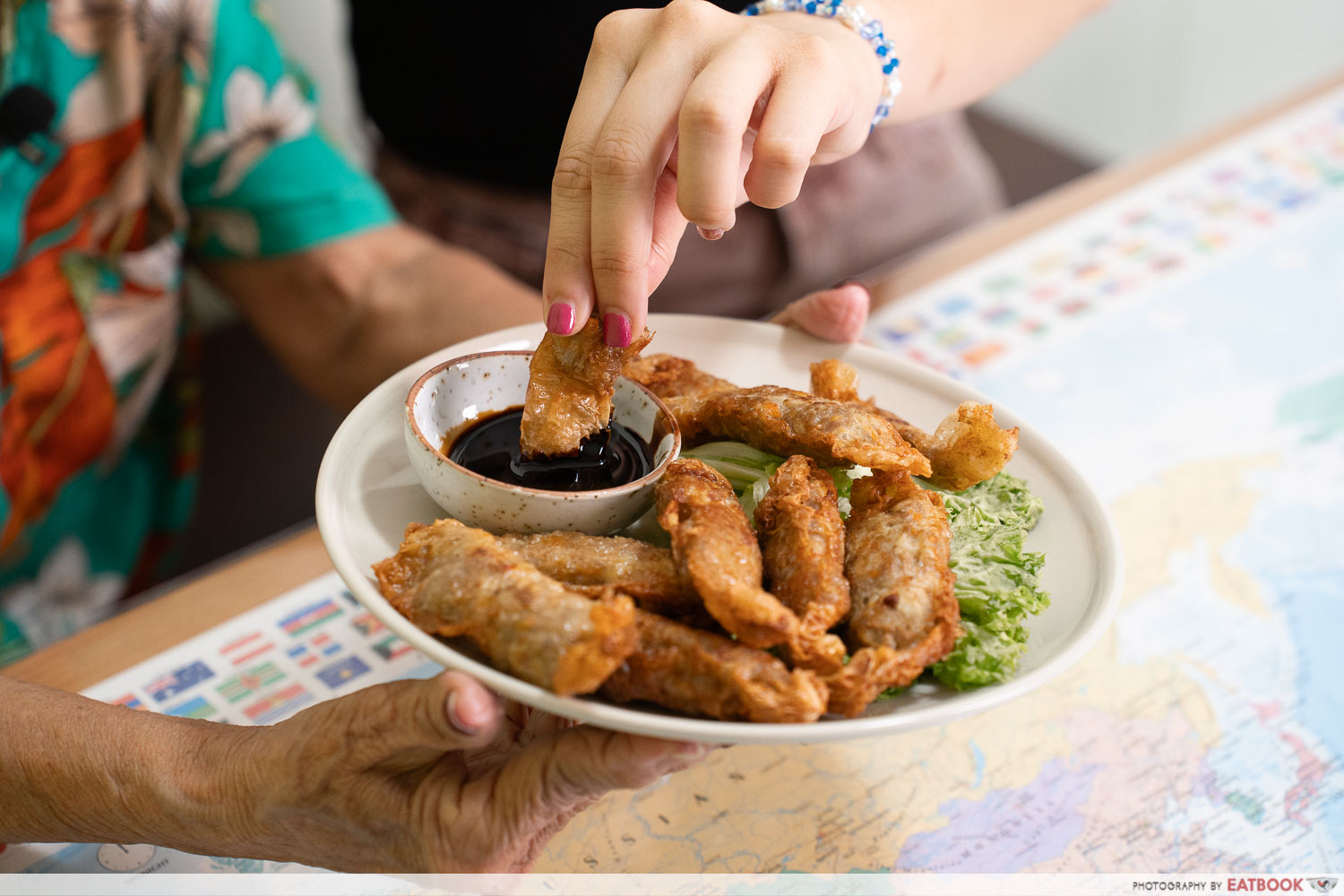
But it was when I became an adult that I finally realised what really gave the dish its zing: five-spice powder. Comprising star anise, fennel seeds, cloves, Chinese cinnamon, and turmeric, this all-in-one seasoning powder gives ngoh hiang its signature fragrance and earthy flavour. And perhaps it’s no surprise, given that the Hokkien phrase “ngoh hiang” literally translates to “five spice”.
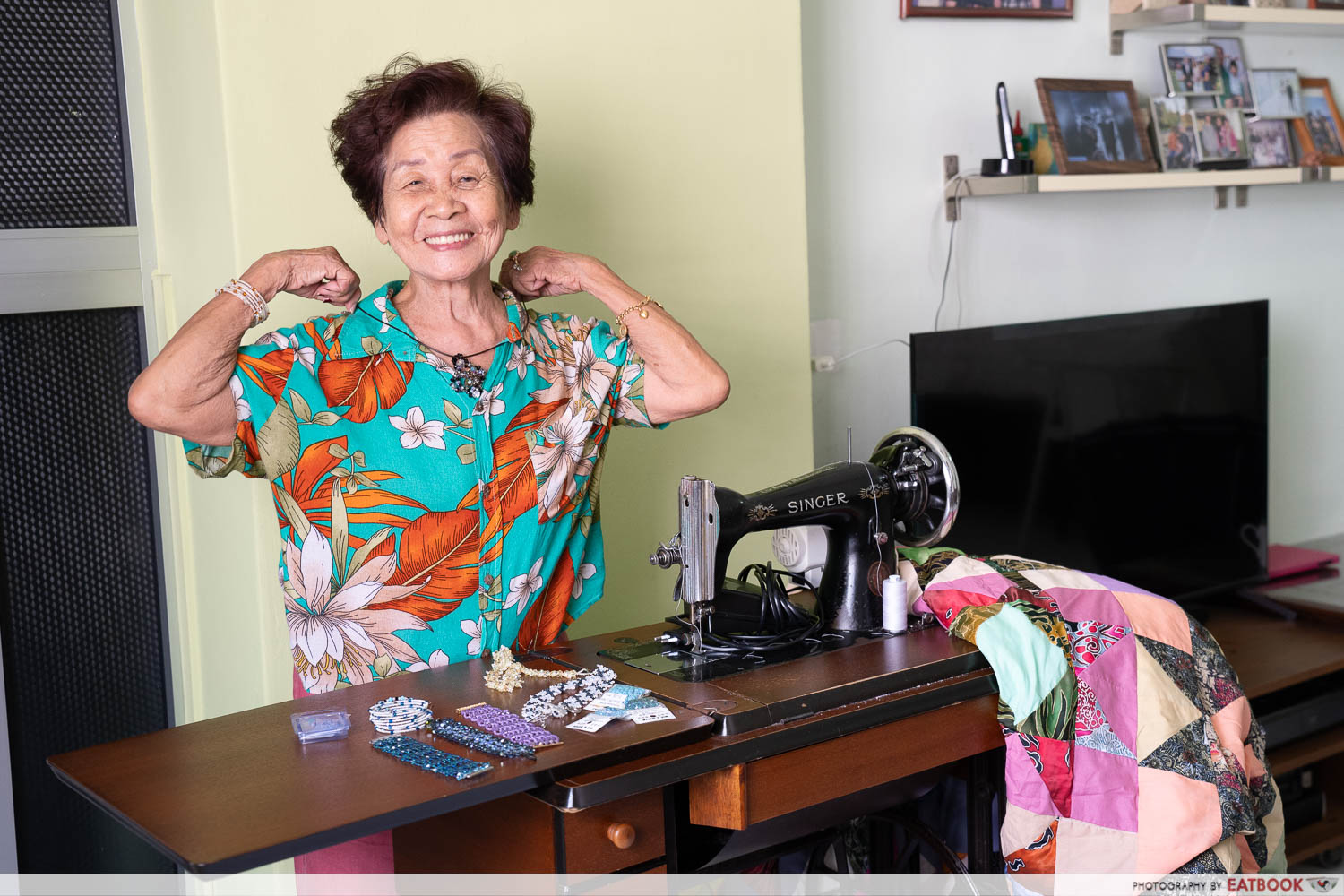
In recent times, Ah Ma stopped making the ngoh hiang herself, as it simply got too labour-intensive for her. For context, she’s 88 this year, though you might not have guessed that given her immense will to live. Even if she’s not in the kitchen as much, she’s still incredibly hands-on. Her hobbies include making jewellery and blankets by hand (she’s showing off her latest collection in the image above. Ah Ma hao lian hor, she says).
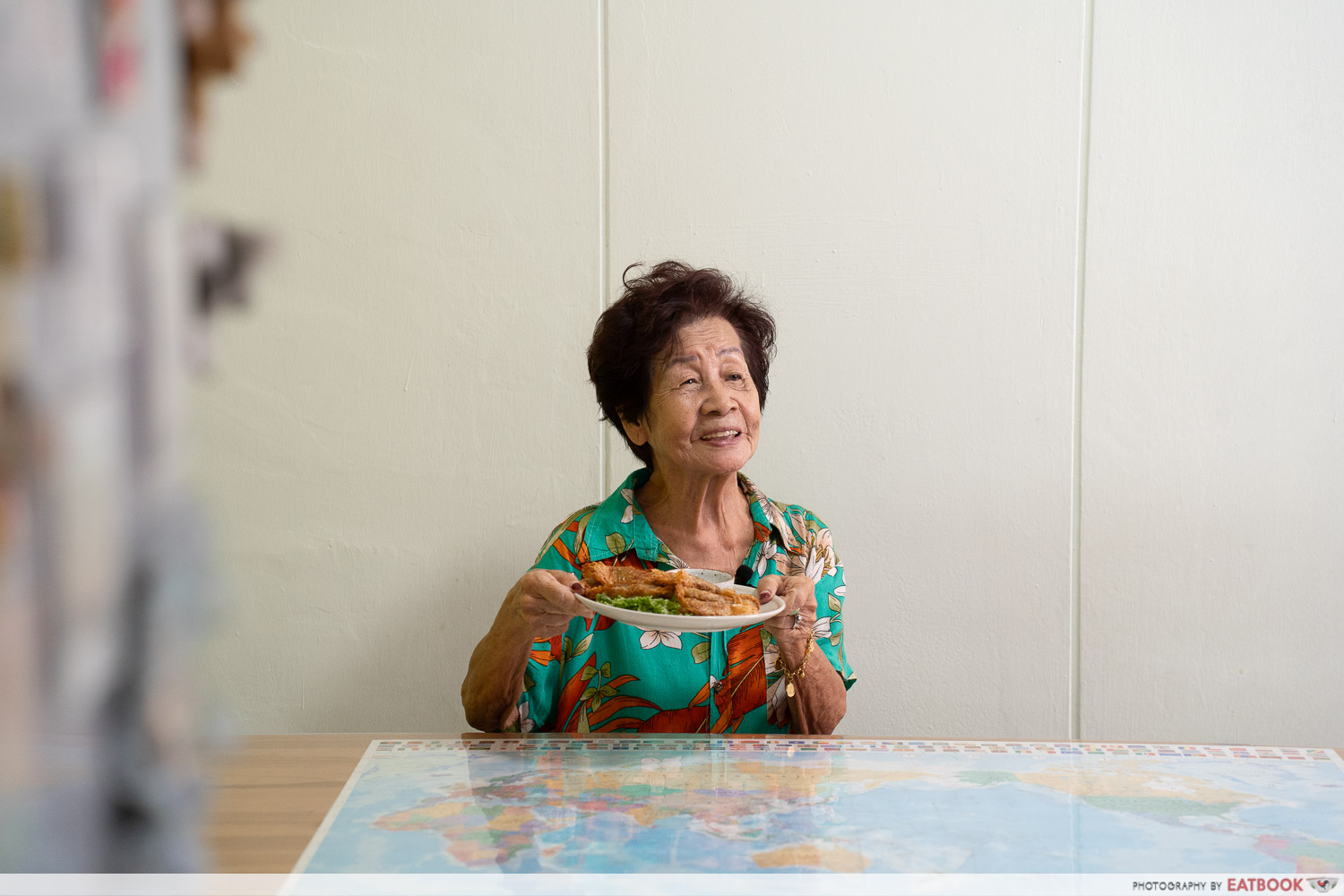
I would say my Ah Ma is the strongest woman I know. She raised eight children on her own after her husband vanished in the late 60s during a fishing trip in Indonesia, or so the story goes. Today, some find it hard to imagine raising a single child, let alone eight, yet Ah Ma managed to do that while holding down a job as a seamstress.
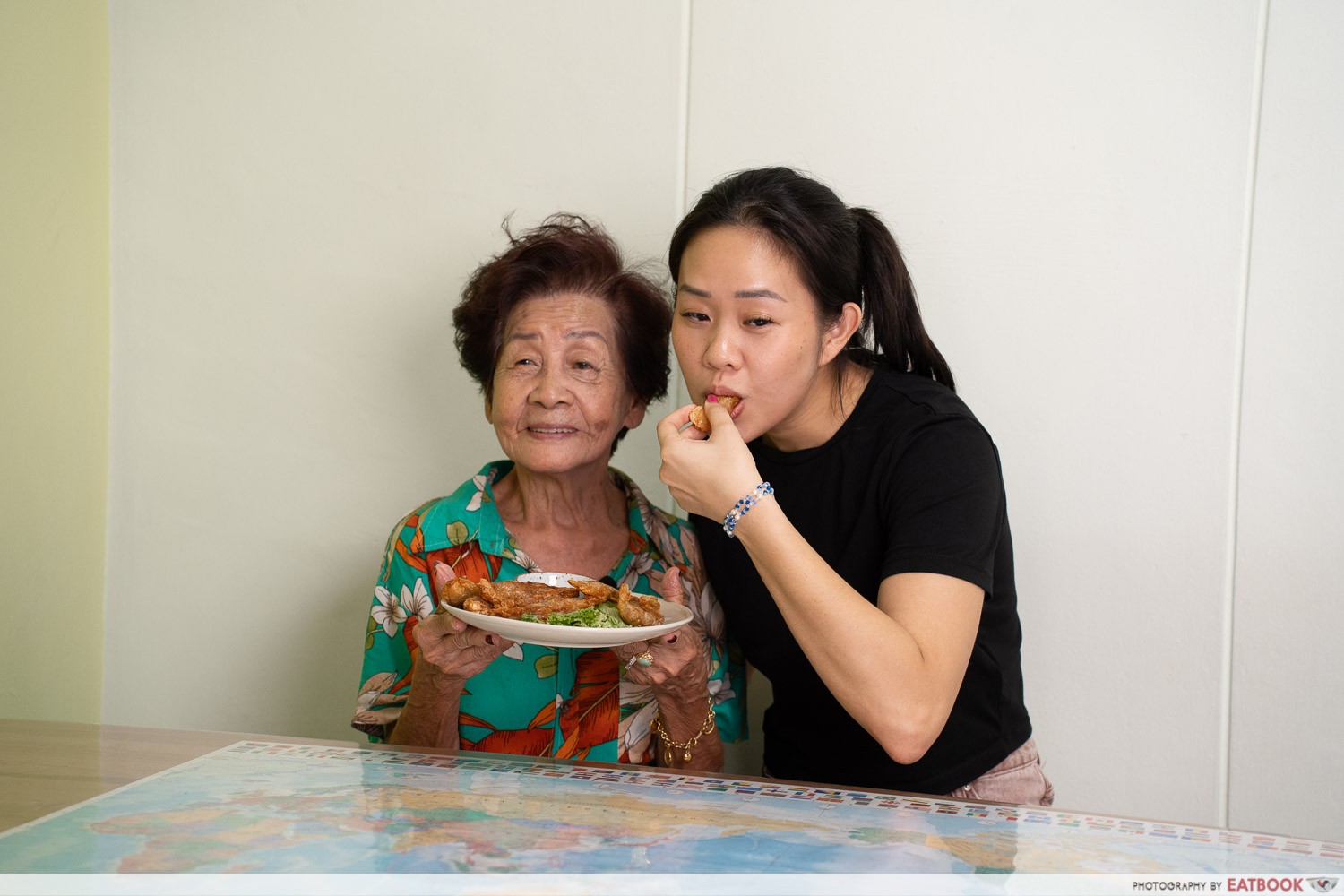
Ngoh hiang will always be Ah Ma’s dish, so learning how to make it felt like a meaningful way to remember her. She’s only getting older, after all, and I can’t help but feel a growing urgency to preserve something of value before it’s too late. I finally managed to do just that recently, as you can probably tell from the many photos in this article. It helped me to better appreciate all the work she has done over the years.

But I’m not one to gatekeep, so here’s my Ah Ma’s recipe. Like most old folks, she cooks with the mysterious technique known as “aga aga”, but I’ve done my best to pin down the measurements.
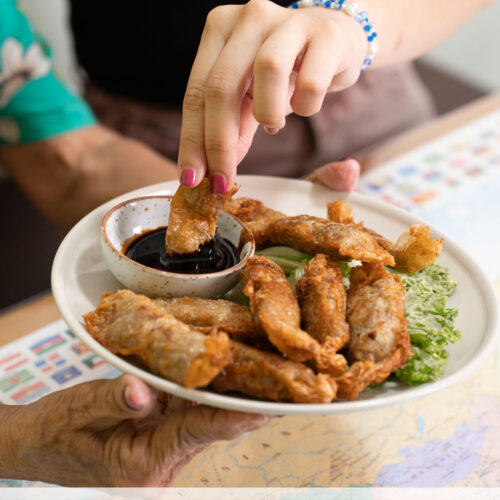
Ah Ma's Ngoh Hiang
Equipment
- Steamer
- Frying pan
Ingredients
Ingredients for filling
- 500 g minced pork
- 600 g fresh prawns minced
- 7 water chestnuts finely chopped
- 1 carrot finely chopped
- 1 tbsp five-spice powder
- 1 tbsp coriander powder
- 1 tbsp black pepper powder
- 1/2 tbsp sugar
- 1/2 tbsp salt
- 2 tbsp sesame oil
- 2 tbsp hua diao jiu (Chinese wine)
- 1 egg
Ingredients for wraps
- 2 tofu beancurd sheets cut into squares
- 1/2 cup cornstarch slurry equal parts cornstarch and water
Instructions
- In a large bowl, mix all the ingredients for the filling until well combined.
- Place a single square of beancurd sheet on your plate.
- Add a dab of cornstarch slurry to the sides of the sheet.
- Add a tablespoon of filling to the middle of the sheet.
- Starting from the edge nearest to you, fold up the corner towards the middle of the sheet, making sure to tuck in the filling such that it’s compact.
- Slowly roll over the sheet so the filling is completely covered.
- Use two fingers to seal the sides of the roll.
- Place the rolls onto a steaming basket lined with a baking sheet to prevent sticking.
- Steam the rolls for 10 minutes.
- Take the rolls out of the steamer to cool down for 10 minutes.
- Deep-fry the rolls in small batches until they’re golden-brown and crispy.
- Set aside to cool, before enjoying with dark soya sauce.
For the story of a young couple who gave up their jobs to help run their family’s bakery, read our Hung Huat Cakes & Pastries feature. For the story of Singapore’s most iconic teh tarik stall, read our Bhai Sarbat feature.
This Young Couple Gave Up Their Careers To Help Run Their Family’s 49-Year-Old Traditional Bakery
Photos taken by Marcus Neo.
This article was based on an interview with Anthia Chng.

Drop us your email so you won't miss the latest news.

